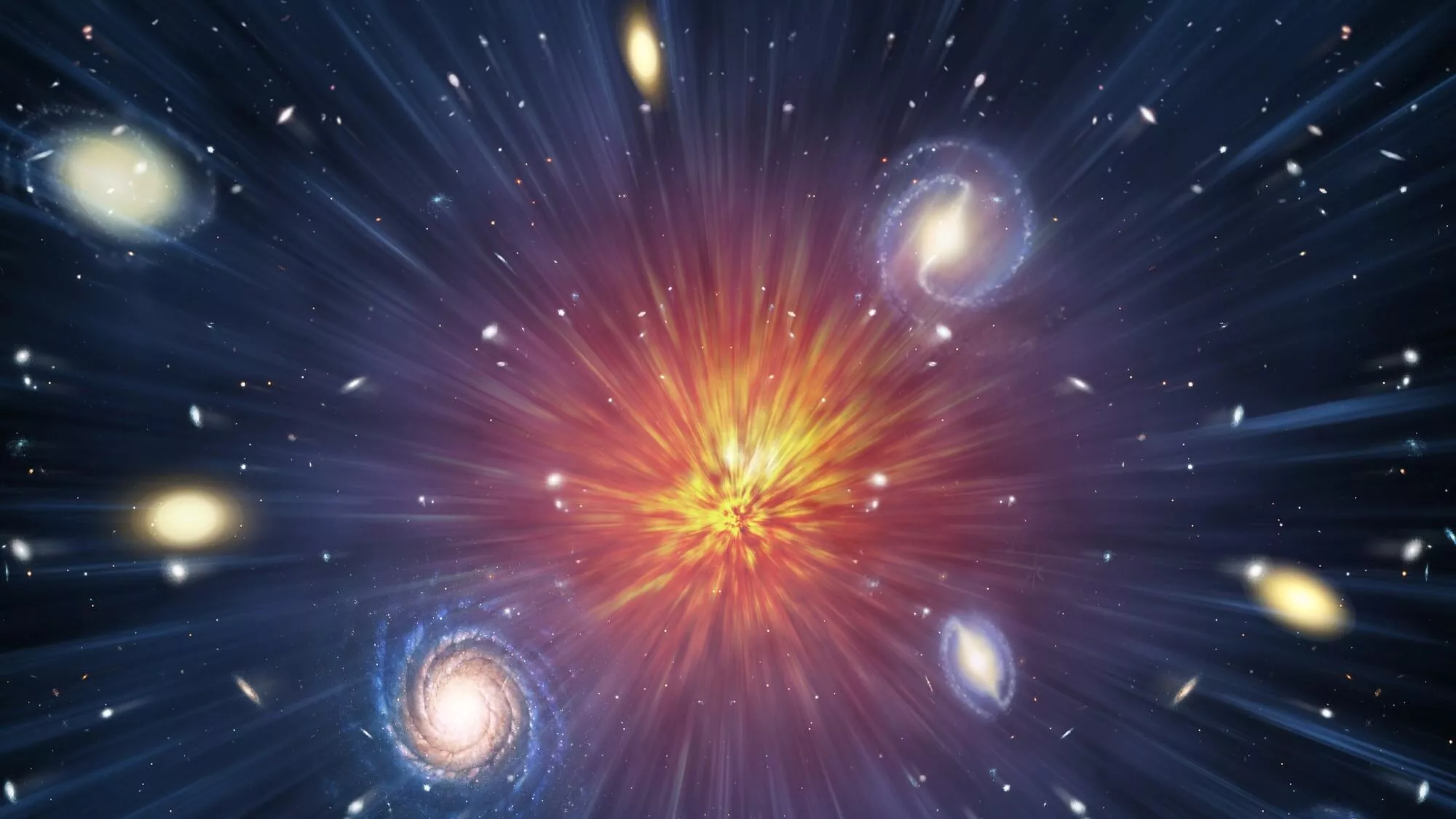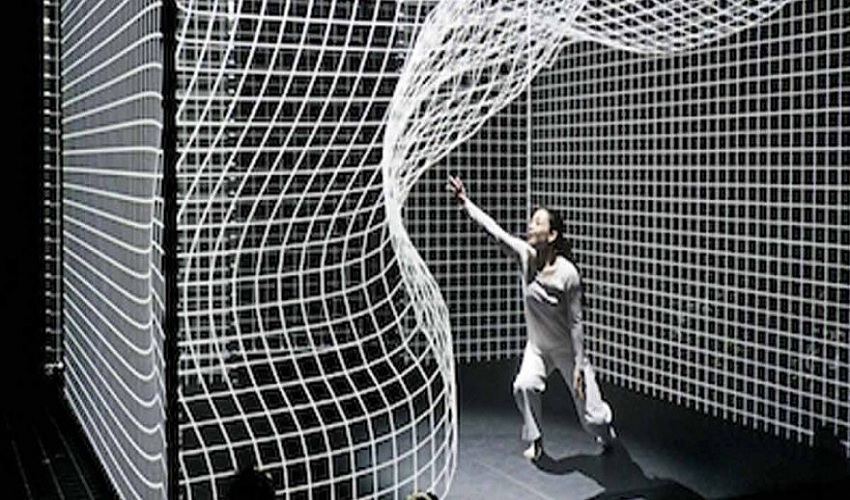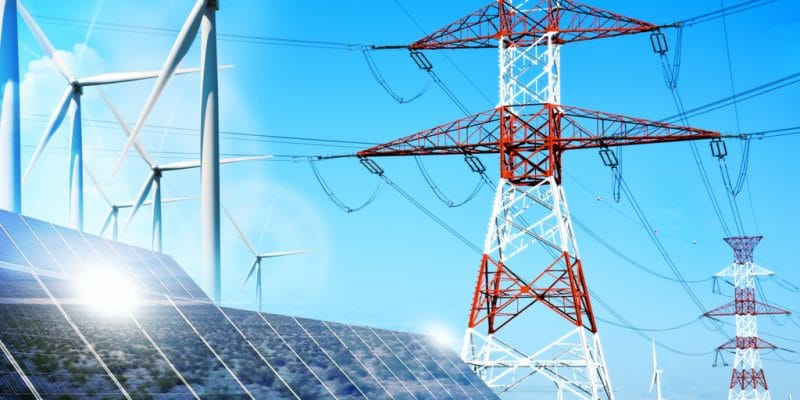Abstract
Complete system of universe is a set of bubbles within bubbles and lots of other bubbles inbetween each two of them and each filled with fluid (liquid) space. And each of them and everything in each of them is in motiom: both spin and revolution. This makes mass of each bubble massless.the revolution of each bubble acclerates and deacclerates stuff in it and this variable motion of our bubble gives rise to ” gravity of our universe”.
Introduction
the physics and laws of motions in each bubble are only because of the All-time-motion of the complete system. the three laws of motion espically the modified third law (F = F) of motion are avalable and applicable due to the motion of our bubble.Each universe ( bubble) must have boundary for safe strike to occur with fluid space. otherwise, The complete system of our bubble and bubbles won’t have existed.
Explanation
keeping ‘closed fluid dynamic principle’ in mind, our bubble (universe) spins/rotates and revolves and strikes with fluid space in the womb of another big bubble. this strike creates ‘ gravity of our universe’. our bubble while revolving another massive bubble in the vast bubble acclerates and deacclerates depending on its distance. i.e like planet Earth revolving around the sun. All of this complete bubble system is within seven main round bubbles and each of them is filled with fluid space making the motion inside possible.
Jar fluid principle The accleration and deaccleration of each bubble acclerates stuff inside. i.e like a jar of water carrying balls of different masses. when a jar is given a slight round movements , balls speeds up. Less massive balls revolves with water at the edge of it and massive ones prefer staying in the center. The same case is of our universe. whole fluid space frame of ours revovles in bubble.The accleration of galaxies of our bubble will slow down the time our bubble moves away from the strong gravitational field of the giant bubble it revolves around. The same happens with the stuff in each bubble. the space between galaxies expand and stuff acclerate because the stuff were brought nearer to eachother when our bubble deacclerated. Now, as our bubble is again near the massive bubble in its revolution so stuff acclerates towards the edge of bubble. The size of our bubble may reduce a little with the accleration as more gravity (force due to strike with fluid space) takes place. But the amount of fluid space remains constant. this increase in force due to strike makes the galaxies a bit tight/glued in amoung the fluid space.

the massive galaxies are hard to move with accleration of our bubble. that is why the younger galaxies are at the edge of our bublble and after them is the boundry of our bubble.
This spin and revolution is what ” Fluid cosmic mass theory” was meant. Hold on!.
The mass(inertia) of our bubble (universe) isn’t felt in the womb of the bigger bubble because of the constant spin and revolution of our bubble. so is the case with our bubble. the mass of our bubble ( which is because of the strike) is absorbed by all the stuff inside our bubble. As our bubble strikes on all dimentions with fluid space ; this helps our bubble absord all of the forces within it, not only just a single spot observes it. boundry of our bubble passes force of strike to the fluid space inside and then to the stuff. so is the same effect from other dimentions. Net force is zero.
But why isn’t the mass of fluid space felt at the center of our bubble or at the bottom of our bubble? like the masss of trapped fluid space “g” maxumum on Planet Earth.
This is because the force (g) created by strike producing mass of our bubble is absorbed by all dimentions by fluid space uniformly and then passed to the matter in it. Each point(dimention) in fluid space of our bubble absorbs it making the net force zero, which makes the first law of motion possible.
Also, our bubble spins and revolves so fast and shift the forces within it and balances and absorbs it on all dimentions. i.e that it doesn’t give any oppurtunity to the mass of fluid space be absorbed at the bottom as on planet Earth.
In short, the fast spin and revoltuion of our bubble doesn’t give a chance to the fluid space of our bubble to focus/direct its mass on a particular spot; each spot inside our bubble absorbs it. In other words, our bubble does have inertia/mass but we and stuff inside don’t feel it.As we all share it.
For example: Fast spinnning of a half filled glass of water doesn’t come out of it because the spin doesn’t allow it nor is the mass directed on single point.
The equal strikes of our bubble (round in shape) with outer fluid space is made possible because of the modified third law of motion ( F=F). The strike of our bubble is an action and as a reaction force in the same direcion is applied. And this is the case on all sides/dimentions. Equal forces keeps all the stuff on their respective poitiions. A slighest ununiforn imbalance may be catestropic to the stuff inside. Equal strikes are only possible on a round shape of our bubble.
This is why first, second, and third laws of motion are possible to take place. Furthermore, first and second law of motion are also well explained by the modified third law of motion.
there must be fluid space filled in each bubble, also between each bubble. the outermost boundry of last bubble/sky ( where there is God and possibly jannats). There is no fluid space so no laws of motion applicable. To make the laws of physics applicable, the outermost bubble must revolve and spin and strike with fluid space. to make the laws of physics work inside, the outermost bubble either has to strike with outer fluid space or do both spin and revolution on spot in empty space. so, there isn’t any time on 7th sky or the outermost bubble of our complete system of universe. the direction of our bubble (either clockwise or anticlockwise) depends on the direction of the younger galaxies at the edge of our bubble. Those galaxies will still be stuck in fluid space. I mean they will remain on their positions.
the kick out of the asteriods and comets within the galaxy is because of ” gravity of our universe”. Already mentioned in my theory “gravity of our universe”
The busy fluid principle
Why a free falling object has no gravitational force on it? consider a bottle of water with little poures on its sides. The water does’t come out of it when bottle is in freefall because water along with bottle are in push and pull with fluid space when reaching crust. this doesn’t give water a chance to have another push and pull at the same time. in other words, the already push and pull makes it very busy and doesn’t allow a water fall at the same time. In short, matter in freefall can’t affort two strikes with fluid space at the same time. But if fish inside freefall bottle is moving won’t be massless relative to the overall bottle of water.
A freefalling elevator and man in it won’t touch eachother because they both are in strike with fluid space seprately in two different frames of refrences. that’s a “Nonbusy fluid principle”
Light v/s fluid space
light or photon is the only thing in the known universe which doesn’t strike with fluid space. As already mentioned in the “closed fluid dynamic principle” that mass of stuff is only because of its strike with fluid space. All of this is made possible by F = F, which also produces “g”. A photon is so small that fluid space allows it to fall freely in it. thus, massless objects don’t strike with space. when a photon strikes with matter, it must get mass. One can say that gravity of any object is mass and mass is due to its strike with fluid space.
Compression of photon v/s fluid space
A photon has no mass but its speed could vary; meaning ligh’t speed is relative ( not constant). fluid space gets compressed or fluid space compression varies from place to place depending on gravity around massive objects. the overall fluid space of our bubble also gets compressed with the rise of “gravity of our universe” when our bubble acclerates. so does the light’s speed, but very little because of the zig zag path it has go through. the speed of light is faster on Earth than near the sun and faster in open fluid space than on Earth. the actual speed of a photon can only be found where there is no fluid space(7th sky- beyound the outermost bubble), as space is always compressed in any bubble. light’s speed is fastest in between galaxies or where there is huge open space.
In above case, a photon still doesn’t strike with fluid space. It is the compression of space that makes a photon to travel in a zig zag path, making it take longer.
Forexample: consider running a km on a straight line ; the same path will take longer if path is zag zag in the streets. same is the case of a photon.long distance doesn’t mean photon strikes with fluid space; it still falls in it.
A photon’s speed near sun decreases and when out of its gravitational field, speed fastens to normal. Means we are cheated in knowing distances.
A photon strikes with fluid space when highly compressed like near and in black holes. and then gets mass.
light’s path is also relative.Its path is not straight. it seems straight because we (observer) is in the same frame of refrance. from other frame of refrance(where fluid space is less or more compressed), its path isn’t straight. Another observer in other galaxy or bubble will see light traveling nonstraight paths.same is the case with the path taken by other objects/stuff.
A photon doesn’t have to follow a diagnol path as shown in Einstein’s experiments. A photon just travel vertically ; horizental motion of a photon is already made with the motion of the vehicle. so, no diagnal path. same is the case with the ball hit on the floor of a travelling bus. Einstein predicted the path to be diagnol as he did’t consider the medium(fluid space). thus, time dilation can’t be confirmed by the so called diagnal path of a photon. in other words, a photon on a vechile covers same distance as the one stationary. The vehicle and whatever touches its body strike with fluid space and are in dynamic state; the space inside it is stationary. so is the time dilation in danger.
Types of forces and gravities
There are only two types of forces in the universe : Push and Pull.both of which are due to different states of fluid space : static and dynamic state of fluid space.both push and pull are applicable on stationary and dynamic bodies/objects. All the other so called forces are the reasons that lead to pull and push.
If force makes the object move that motion is due to dynamic(moving) state of fluid space where only applies second portion of the third law of motion (F = F). and if force fails to move the object, first portion of the third law of motion applies ( F = -F).
However, the body that either fails or successfully displaces the object is itself under F = F because the hand or object applying force on it is itself under dynamic state of fluid space. All of which depends on the mass of the object under consideration ( second law of motion).
the so called forces i.e electromegnetism,weak and strong forces are themselves dependent on push and pull ( F = F, F = -F). those so called forces are because of different reasons that either move ( F=F) or fails to move (F=-F)
Forexample: suppose you push and pull someone out of the car. His motion towards you (push) and away(pull) are the main two forces. reasons are hatred and love, as you might do it in extremly love condition. both of which moves him due to ( F = F).
Gravities
There are two types of gravities:
- Planatry e.g: planets,stars,asteriods,etc.
- universal e.g: gravity of our bubble ( which is fixed and absolute to a particular time period)
Everythihg in the universe is in motion. So, only second part of the third law of motion is applicable ( F = F ). Both the “gs” are due to F = F i.e. push and pull. Means both pull and push in fluid space creates gravity due to strike of matter with fluid space. In short, only ( F = F) makes “g” occur both on planatry and universal level.
- Planatry gravity
This “g” of each matter is different depending on their mass and accleration. the two decides the “g” on them. The massive and acclerated the object is, the more is “g” on it. The mass added to matter increases its “g”.
- Universal gravity
our bubble (universe) is also under motion and accleration and strikes with fluid space while it revovles and spin around another massive bubble in vast bubble. Thus, here again ( F = F) is responsible.
On our bubble’s strike with fluid space “g” is produced on all dimentions/sides of our bubble’s surface. which, furthermore, presurrizes the fluid space and matter inside our bubble. In result of which, each and every matter in the bubble are glued on their positions. The “g” here is absolute no matter what location of the bubble is observed means same everywhere in fluid space. “g” here is maximum on bubble’s surface. Yeap! “g” changes with the accleration and deaccleration of our bubble, which also makes inertia occur inside. bubble increase its motion when it gets near other massive bubble when revovlving because strike with fluid space increases. with any change in accleration, “g” inside the bubble changes uniformly. No extra space is created. The accleration pushes galaxies to the empty fluid space (towards the edge) that took place (emptied) when our bubble deaccclerated. The deaccleratioin of our bubble then pushes the galaxies to the center of the buble.
Above all means Gravitational constant doesn’t exist. Means nothing attracts each other provided they don’t enter eachother’s gravitational fields(layers); they are pulled and pushed as explained above. It is the ” gravity of our univserse”.
Each universe ( bubble) must have boundary for safe strike to occur with fluid space. otherwise, The complete system of our bubble won’t have existed.
Article Written By “Muhammad Aslam Musakhail”







